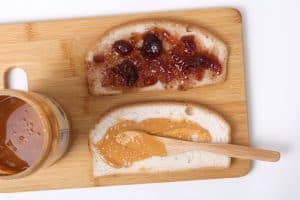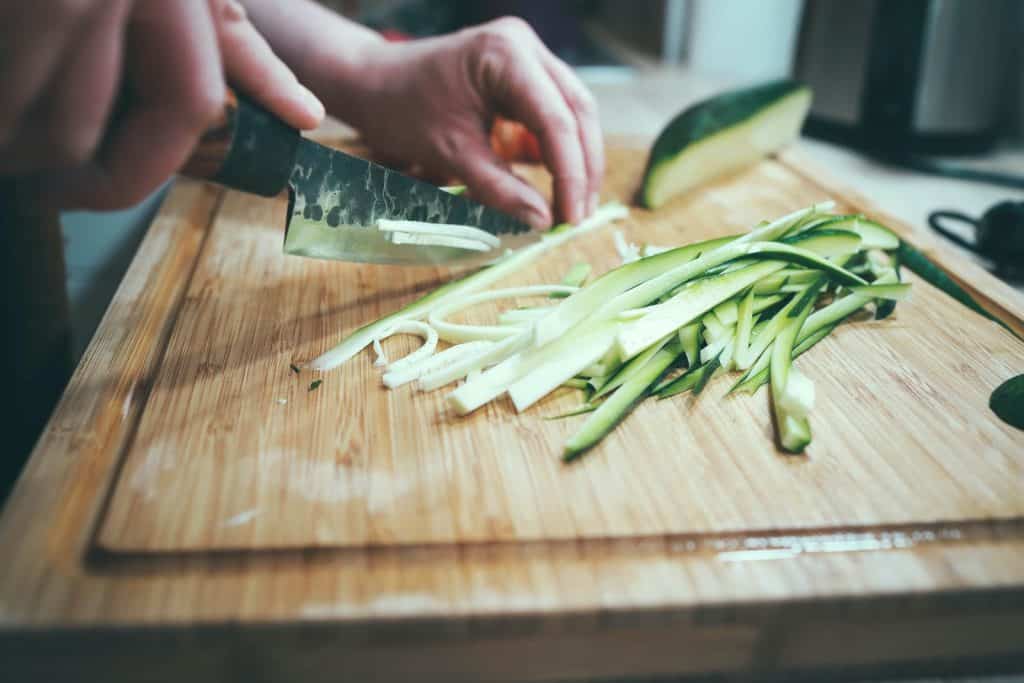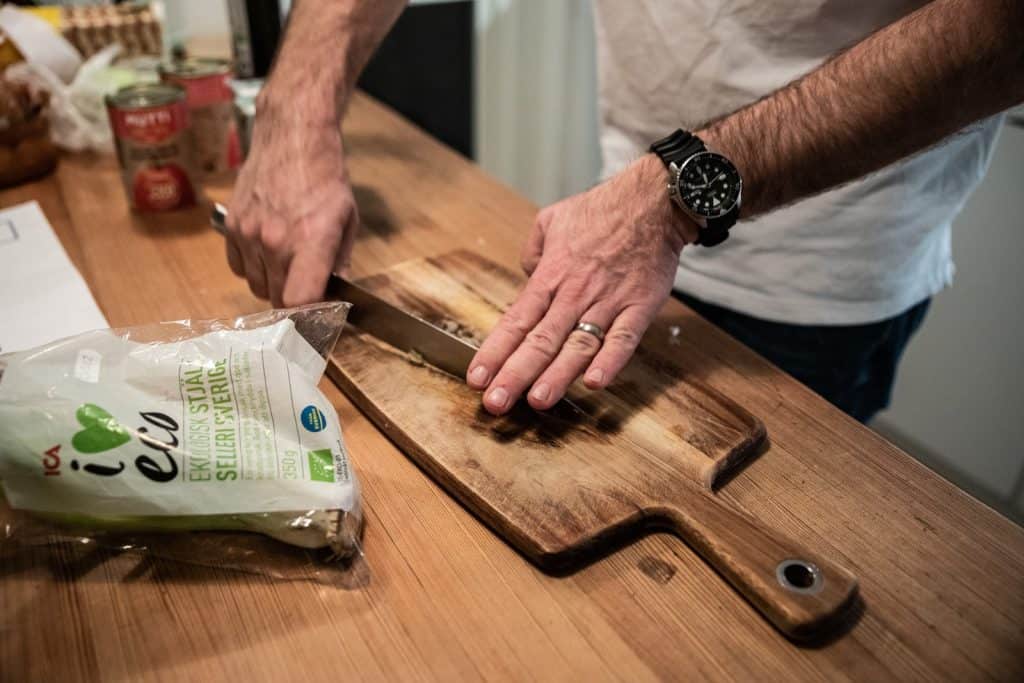A cutting board is a must-have kitchen tool for anyone who wants to prepare food safely and efficiently. However, cutting boards can harbor bacteria and other contaminants if they are not cleaned properly. How to clean the cutting board? In this blog post, we’ll explore how to clean different types of cutting boards, including wooden, plastic, and bamboo cutting boards. We’ll also discuss tips for maintaining a clean cutting board and preventing cross-contamination.
Types of Cutting Boards
Before we dive into how to clean cutting boards, let’s first discuss the different types of cutting boards available in the market.
Wooden Cutting Boards

Wooden cutting boards are a popular choice for many home cooks because they are durable, attractive, and gentle on knives. However, wooden cutting boards require extra care and maintenance to prevent bacteria growth and cracking. You should never submerge a wooden cutting board in water or put it in the dishwasher as it can cause the board to warp or crack.
Food-grade mineral oil is a popular treatment for wooden cutting boards as it helps to seal the wood fibers and prevent bacteria from penetrating the board’s surface. You should apply mineral oil to a clean and dry wooden board using a clean cloth or paper towel. Let the board soak for a few hours, and then wipe off any excess oil with a clean cloth.
Plastic Cutting Boards
Plastic cutting boards are lightweight, dishwasher-safe, and easy to clean. They are a popular choice for people who want a low-maintenance cutting board. However, plastic cutting boards are prone to scratches, which can harbor bacteria and other contaminants. It’s essential to replace plastic cutting boards when they become heavily scratched or show signs of wear and tear.
Composite Cutting Boards

Composite cutting boards are made from a heavy-duty resin material that is designed to withstand high temperatures and heavy use. These cutting boards are dishwasher-safe and resistant to warping and cracking. However, they can be hard on knives and may show surface stains over time.
Bamboo Cutting Boards
Bamboo cutting boards are eco-friendly, durable, and easy to maintain. They are similar to wooden cutting boards in appearance and texture, but they are less prone to warping and cracking. However, bamboo cutting boards can absorb excess moisture, which can cause the board to crack over time.
How to Clean the Cutting Board

Now that we’ve discussed the different types of cutting boards let’s move on to how to clean them.
Cleaning Wood Cutting Boards
To clean a wooden cutting board, you’ll need dish soap, hot water, and a scrub brush. Start by washing the entire surface of the board with warm water and dish soap. Use a scrub brush to gently scrub away any surface stains or debris. Rinse the board with hot water and dry it with a clean dish towel. To remove stubborn stains or odors, you can also use a salt and lemon solution or a baking soda and water paste.
Cleaning Plastic Cutting Boards
To clean a plastic cutting board, start by washing the entire surface of the board with warm soapy water. Use a scrub brush to gently scrub away any surface stains or debris. Rinse the board with hot water and let it air dry. You can also use a bleach solution to disinfect the board. Mix one tablespoon of bleach per gallon of water, and let the board soak in the solution for a few minutes. Rinse the board with hot water and let it air dry. Be sure to follow the manufacturer’s instructions for cleaning plastic cutting boards as some may be dishwasher-safe.
Cleaning Bamboo Cutting Boards
To clean a bamboo cutting board, start by washing the entire surface of the board with warm soapy water. Use a scrub brush to gently scrub away any surface stains or debris. Rinse the board with hot water and dry it with a clean dish towel. You can also use a salt and lemon solution or a baking soda and water paste to remove stubborn stains or odors.
Tips for Maintaining a Clean Cutting Board

In addition to regular cleaning, there are several tips and techniques for maintaining a clean cutting board:
- Avoid Cross Contamination: Use separate cutting boards for different types of food to prevent cross-contamination. For example, use one cutting board for raw meat and another for vegetables.
- Hand Wash: While some cutting boards may be dishwasher-safe, hand washing is the best way to ensure that your cutting board is clean and free of bacteria.
- Let it Sit: If your cutting board has stubborn stains or odors, let it sit overnight with a salt and lemon solution or a baking soda and water paste.
- Remove Odors: To remove lingering odors from your cutting board, squeeze lemon juice over the entire surface and let it sit for a few minutes before rinsing with hot water.
- Apply Mineral Oil: To prevent cracking and maintain the longevity of your wooden cutting board, apply food-grade mineral oil every few months.
- Dry Upright: After washing your cutting board, prop it up on its side or on a rack to allow excess moisture to evaporate.
Conclusion: How to Clean the Cutting Board
Cleaning a cutting board may seem like a simple task, but it’s essential for preventing cross-contamination and ensuring the safety of your food. By following these tips and techniques, you can maintain a clean and hygienic cutting board, regardless of the material. Remember to regularly clean and maintain your cutting board to prevent the buildup of bacteria and other contaminants. With a little bit of elbow grease and the right cleaning solution, you can keep your cutting board in top shape for years to come.
Other suggested articles:

